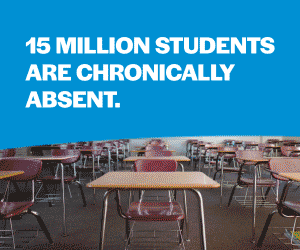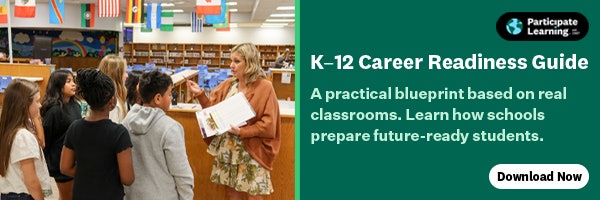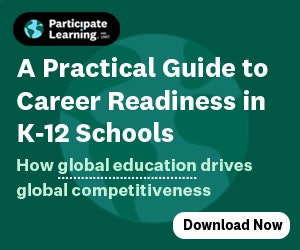
In those brief exchanges—learning names, noticing a new haircut, asking about a soccer game, I wasn't implementing a program or tracking data points. I was simply seeing students. And they were experiencing that recognition.
As superintendents across the country rush to implement AI-powered solutions for everything from attendance tracking to behavioral interventions, I find myself thinking about those morning greetings and what we risk losing if we prioritize the latest AI solutions over meaningful human connections.
The Essential Contract of Education
In “The Tone of Teaching,” Max van Manen writes: "Being seen is more than being acknowledged. For a child, it means experiencing being seen by the teacher. It means being confirmed as existing, as being a unique person and learner." This is the essential contract of teaching. It is the underlying agreement that makes all learning possible.
By contrast, a child who does not feel seen will not come to school.
This isn't hyperbole or sentiment. Challenge Success research analyzing over 270,000 high school students found that only 13% are fully engaged in their learning, while 45% are simply "doing school," going through the motions without connection or meaning. When young people don't feel genuinely valued, they disengage. And disengaged kids become absent kids.
The Promise and Peril of AI
Don't misunderstand me; I'm not anti-technology. AI tools can provide incredible insights about student patterns, predict risk factors, and help educators intervene before small problems become large ones. These systems can process vast amounts of data to identify students who need support in ways that would be impossible through observation alone.
But here's what concerns me as educational leaders invest in these sophisticated systems: we're in danger of confusing data about students with actually seeing students.
An AI algorithm can tell you that Marcus has missed 12% of his classes this month. It can flag that his assignment completion has dropped and predict his likelihood of chronic absenteeism. And the impact of those tools can be incredibly powerful if we use that data to reach out and create connections; because, what it cannot do is notice that Marcus seems quieter than usual, or remember that he mentioned his parents fighting at home, or show him with a simple nod that he matters as a human being, not just as a data point.
Leading the Human-AI Balance
The question for administrators is how to embrace AI while protecting what matters most. This requires intentional leadership and clear organizational priorities.
Start with your why. Before implementing any new AI system, ask: How will this help our educators see students more clearly, not replace the act of seeing them? The best technology amplifies human connection rather than substituting for it.
Protect relationship time. As you automate data collection and analysis, reinvest the time savings into human connection. If AI can handle attendance tracking, use those freed-up minutes for conversations with students. If predictive analytics can identify at-risk students, ensure your intervention protocols prioritize relationship-building over compliance monitoring.
Measure what matters. Your dashboard might track login rates and assignment completion, but are you also measuring whether students feel known by at least one adult in your building? Harvard's Making Caring Common project provides relationship mapping tools that help schools systematically identify students who lack meaningful adult connections—a metric no AI system can generate on its own.
Model the behavior. As a leader, where and how do you prioritize seeing students? Your principals and teachers are watching. If your schedule is filled with data reviews but no time with kids, you're sending a clear message about what matters.
The Morning Greeting Principle
That daily greeting routine taught me something essential about leadership: the most important work often looks like the least complicated work. Standing outside didn't require a budget line item or a committee. It didn't generate reports or improve test scores. But it did something irreplaceable: it created dozens of moments each day where students experienced being seen.
Every district initiative, every technology purchase, every policy decision should be filtered through what I call the Morning Greeting Principle: Does this help our educators see students more clearly and help students feel more genuinely known?
So yes, let's avail ourselves of the best data systems. Let's use AI to identify patterns and predict needs. But let's also remember that learning is fundamentally about relationships. No algorithm can replace the moment when a student realizes that an adult truly sees them, knows their name, and cares about their story.
In our race to innovate, we cannot lose sight of what has always been true: children learn best when they feel seen, known, and valued. The question isn't whether AI can help us achieve this—it's whether we have the wisdom to use it in service of human connection rather than as a replacement for it.
The students stepping off buses tomorrow morning are counting on us to get this balance right.
Dr. Kara Stern is Director of Education for SchoolStatus, a portfolio of data-driven solutions that help K-12 districts improve attendance, strengthen family communication, support teacher growth, and simplify daily operations. A former teacher, principal, and head of school, she holds a Ph.D. in Teaching & Learning from NYU.



























